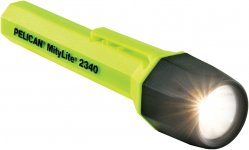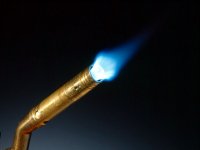Hi everyone,
I've been working on repairing an Apple Lisa 2/5 with limited success so far. I'm not really sure where to start as the Lisa seems to be acting very strange, for example, if the back cover and front bezel are off, the Lisa will still switch on even though the safety switches are not being pressed. The soft switch doesn't work and the Lisa will turn on as soon as power is applied. It doesn't beep or make the typical 'clicks' from the speaker, like when the self-test is initiated.
What I think works:
The CRT works well but only shows the raster (I will attach a picture soon for you to see)
The power supply seems good
I think both memory boards work
The Lisa Lite controller
The floppy drive
What I think doesn't work:
The CPU board - when the memory boards are removed the CRT doesn't show the vertical white bars that the Lisa 'Do it yourself' guide says it should
The I/O board - Cannot say for sure but it has suffered corrosion from the leaky batteries. When It is inserted into the machine alone, the unit does power up and the screen shows nothing (not even the raster). If it isn't inserted the unit fails to switch on, so it is recognising it.
Any suggestions would be greatly appreciated.
Regards,
Max
I've been working on repairing an Apple Lisa 2/5 with limited success so far. I'm not really sure where to start as the Lisa seems to be acting very strange, for example, if the back cover and front bezel are off, the Lisa will still switch on even though the safety switches are not being pressed. The soft switch doesn't work and the Lisa will turn on as soon as power is applied. It doesn't beep or make the typical 'clicks' from the speaker, like when the self-test is initiated.
What I think works:
The CRT works well but only shows the raster (I will attach a picture soon for you to see)
The power supply seems good
I think both memory boards work
The Lisa Lite controller
The floppy drive
What I think doesn't work:
The CPU board - when the memory boards are removed the CRT doesn't show the vertical white bars that the Lisa 'Do it yourself' guide says it should
The I/O board - Cannot say for sure but it has suffered corrosion from the leaky batteries. When It is inserted into the machine alone, the unit does power up and the screen shows nothing (not even the raster). If it isn't inserted the unit fails to switch on, so it is recognising it.
Any suggestions would be greatly appreciated.
Regards,
Max




